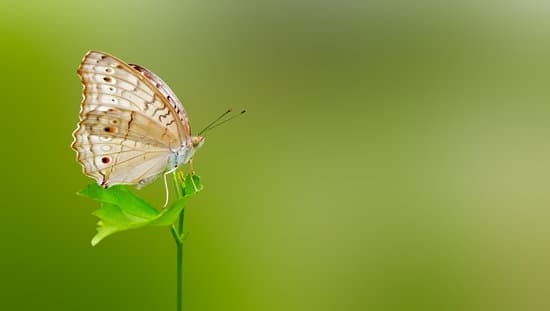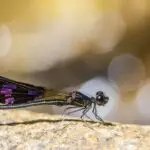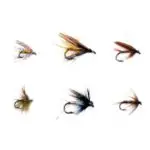What Makes Flies So Fast?
Flies are capable of performing intricate flight maneuvers. They can make rapid changes of direction by yawing, pitching, or rolling, adjusting their flight path quickly based on their surroundings. They can change direction in less than two wing beats – less than a tenth of a second!
Fly’s eyes are powered by mitochondria, which help them perceive light and motion. Their eyes contain a much larger number of mitochondria than humans’, enabling them to detect movement at a much faster speed than most other animals. This is an essential aspect of their ultra-fast vision. It may be the reason why they appear to have more energy than most other animals, yet they are faster than we are.
While flies are a fast-moving insect, their lifespan is rather short. The average lifespan of an adult fly depends on the species, environmental conditions, and food availability. This means that flies can quickly multiply to large numbers and become a nuisance if left unchecked.
The fast movement and vision of flies allows them to see obstacles and prey more quickly than humans. They can also react quickly to competing flies and swatting attempts. This is because the insects’ eyes do not need enough light to function efficiently in dim light.







